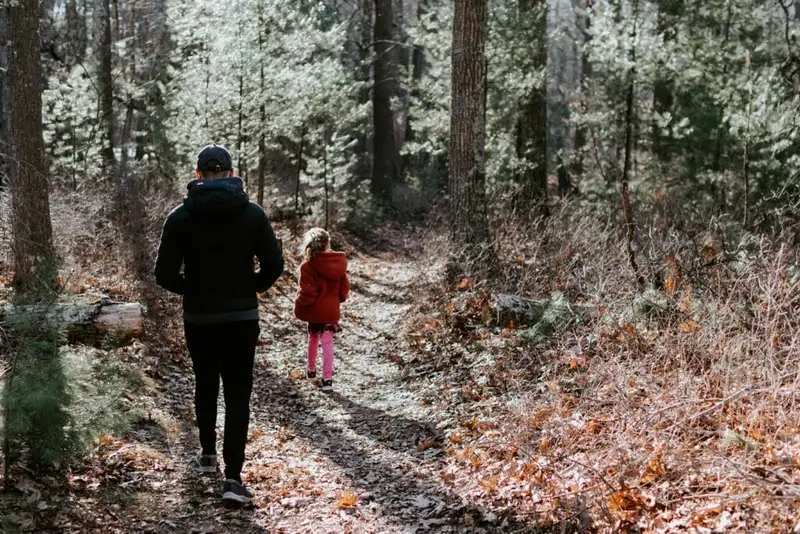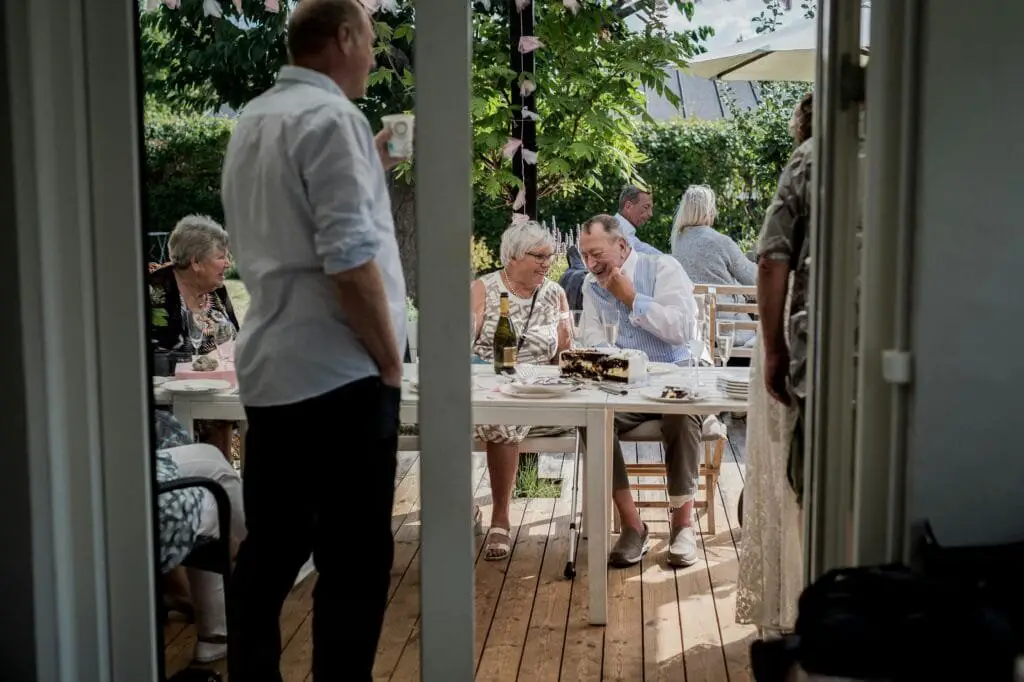1. Clint Eastwood

Before he became the rugged face of Westerns, Clint Eastwood was just another struggling actor in Hollywood. His earliest gigs were blink-and-you-miss-it roles in uncredited B-movies, and he even got rejected from some studios for having a chipped tooth and a stiff style.
But everything changed when he landed the role of Rowdy Yates on Rawhide. That tough-yet-loyal cowboy character gave him a foothold, and soon he was reinventing the Western entirely with A Fistful of Dollars and its sequels. Eastwood’s steely stare and minimalist style would define masculinity on screen for decades. He went from bit parts to an icon, and he never looked back. And to think, he almost gave up acting altogether.
2. Sally Field
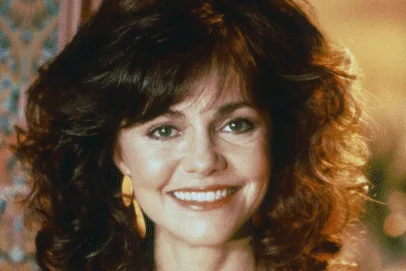
Sally Field’s early days were filled with lighthearted, sugary roles that didn’t exactly scream “future Oscar winner.” She got her big break in Gidget, a fun beachy sitcom that made her lovable but didn’t stretch her acting muscles much.
Then came The Flying Nun, and while it gave her national fame, she had to work hard to be taken seriously afterward. She studied with renowned acting coach Lee Strasberg and eventually stunned everyone with her raw, emotional performances in films like Norma Rae. That “you like me” Oscar speech? It was the culmination of a journey that started in a habit and ended in Hollywood history. She proved she was more than just cute—she was unforgettable.
3. Leonard Nimoy
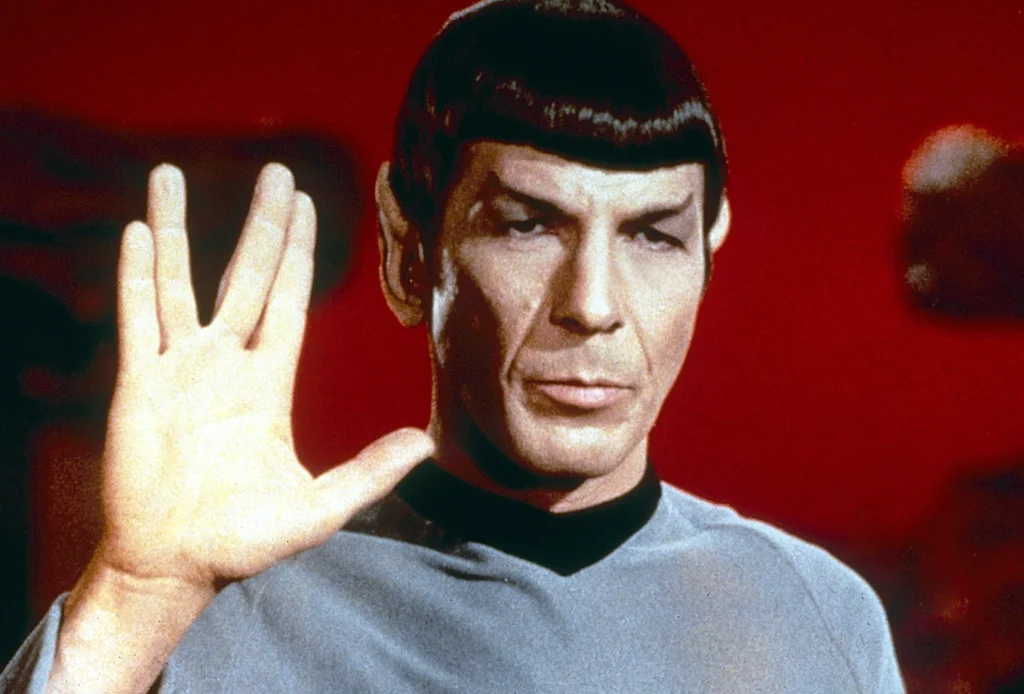
Leonard Nimoy spent years doing guest spots on shows like Dragnet and The Twilight Zone, often playing villains or mysterious outsiders. He was reliable, but far from a household name.
That all changed the moment he stepped into Spock’s pointed ears on Star Trek. Nimoy turned what could’ve been a flat alien character into a layered, emotionally complex icon. His quiet gravitas and internal struggle resonated deeply with audiences. Suddenly, he wasn’t just another guest star, he was the heart of an entire sci-fi generation. And decades later, his impact is still boldly going strong.
4. Mary Tyler Moore

Before she was everyone’s favorite career woman, Mary Tyler Moore got her start as the voice (and legs) of the telephone receptionist on Richard Diamond, Private Detective. You never saw her face, but those legs were a clue to her charm.
Then she landed Laura Petrie on The Dick Van Dyke Show, and everything changed. Her comedic timing, relatability, and grace stood out, even in a cast full of talent. She eventually launched her own groundbreaking series, The Mary Tyler Moore Show, and became the face of a new kind of independent woman. That tiny, unseen role led her straight to a revolution in how women were portrayed on TV.
5. Gene Hackman
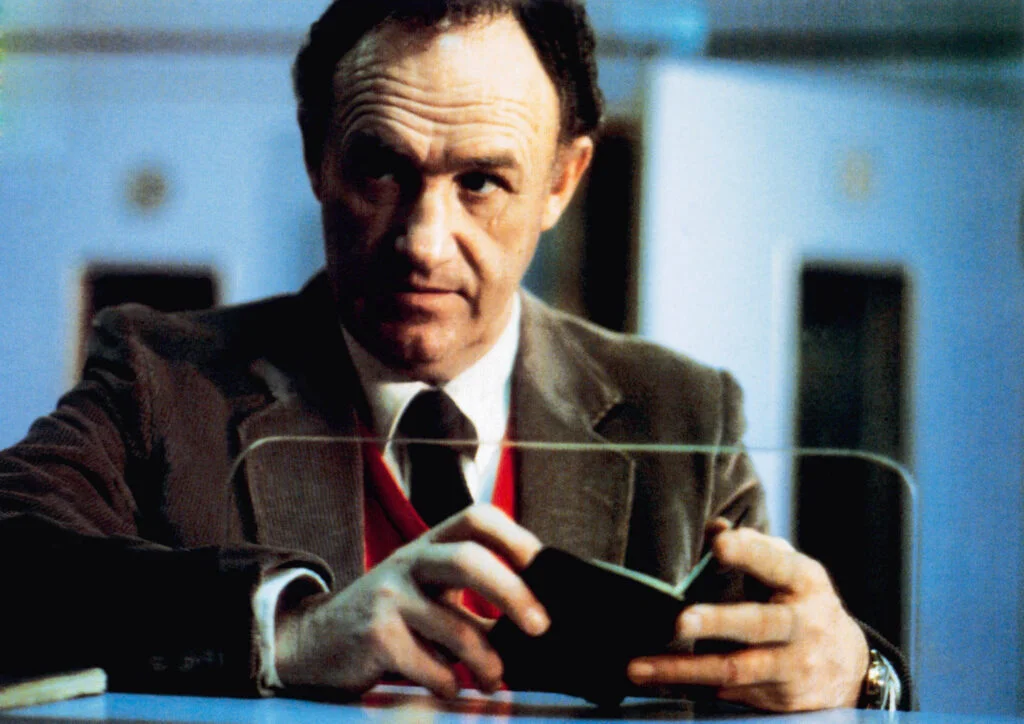
Gene Hackman didn’t exactly burst onto the scene—he climbed his way up, slowly and methodically. He was nearly 40 when he first started getting noticed, having spent the ’60s doing small roles in TV and film.
His real breakthrough came with Bonnie and Clyde, where his portrayal of Buck Barrow gave the film extra grit and heart. From there, he hit his stride with The French Connection, proving he could carry a film with intensity and depth. Hackman became the face of a new kind of leading man—unpolished, deeply human, and unforgettable. Not bad for a guy who once got kicked out of acting school.
6. Goldie Hawn
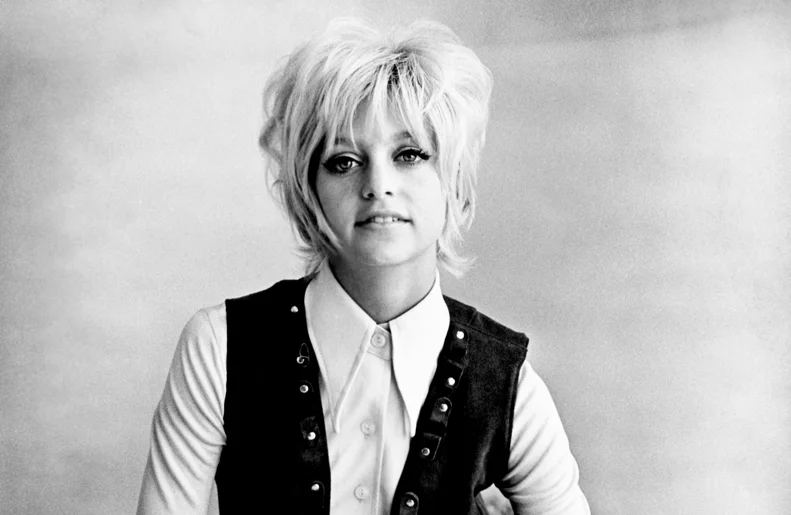
Goldie Hawn’s early performances on Rowan & Martin’s Laugh-In were all bubbly giggles and ditzy charm. At first glance, she seemed like just another pretty blonde with a high-pitched laugh.
But she turned that image into a powerhouse career move. Her comedic timing was razor-sharp, and beneath the bubbly persona was a smart, savvy performer who knew exactly what she was doing. When she won an Oscar for Cactus Flower, it shocked critics and delighted fans. Goldie became one of the most bankable stars of the ’70s and beyond. She made being underestimated her superpower.
7. James Garner
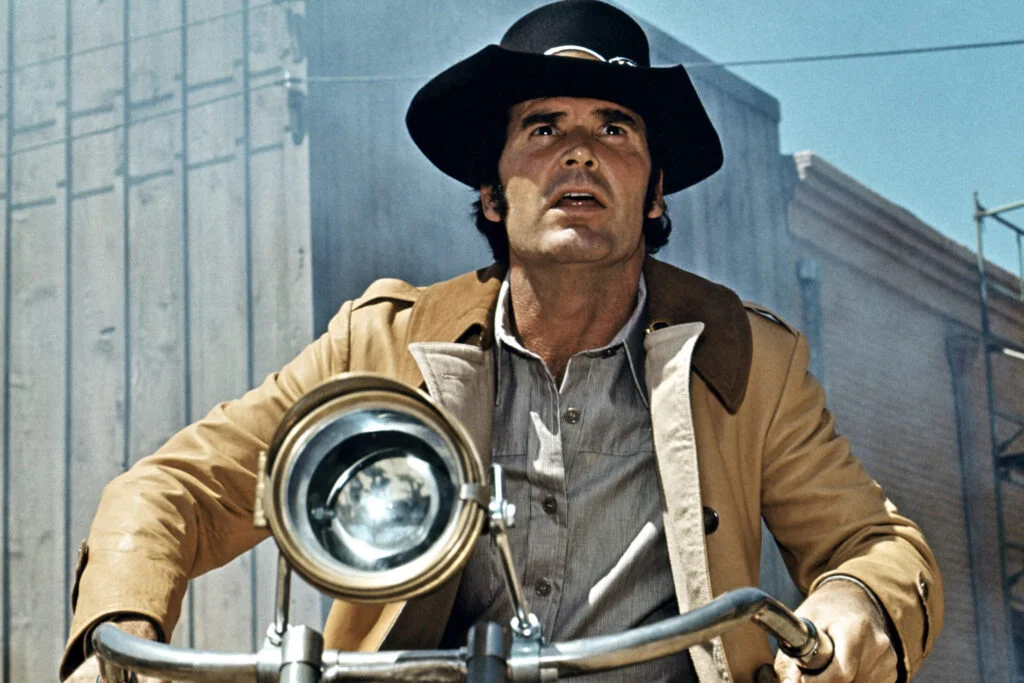
James Garner’s first roles were pretty standard stuff—small movie parts and guest spots where he was often cast for his looks. He was charming, sure, but not yet the kind of guy studios fought over.
Then Maverick came along and flipped the script. Garner brought wit, humor, and warmth to the Western hero mold, creating a new archetype. He later reinvented himself again on The Rockford Files, blending detective work with everyday struggles in a way that felt refreshingly real. Garner didn’t just play cool—he redefined it. He made small roles a stepping stone to stardom.
8. Diahann Carroll
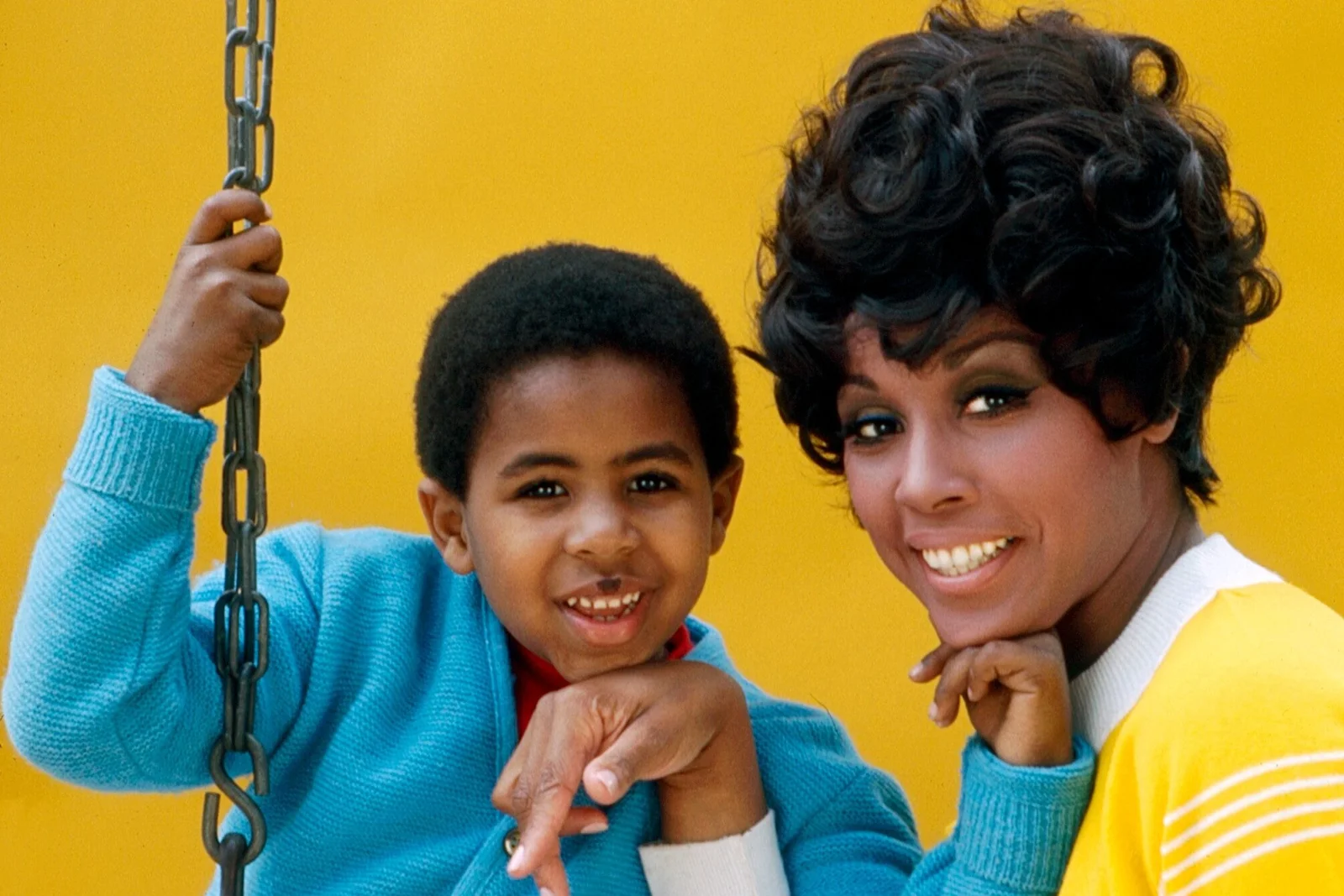
Diahann Carroll spent much of the early ’60s doing stage work and modest film appearances. She was respected in musical theater circles but hadn’t quite broken through to mainstream TV fame.
Then came Julia, where she became the first Black woman to star in a non-stereotypical lead role on primetime television. The show was a cultural milestone, and Carroll’s grace and intelligence gave the role a grounded, dignified presence. She wasn’t just acting, she was opening doors. From modest beginnings to breaking barriers, she truly helped define a turning point in television history.

